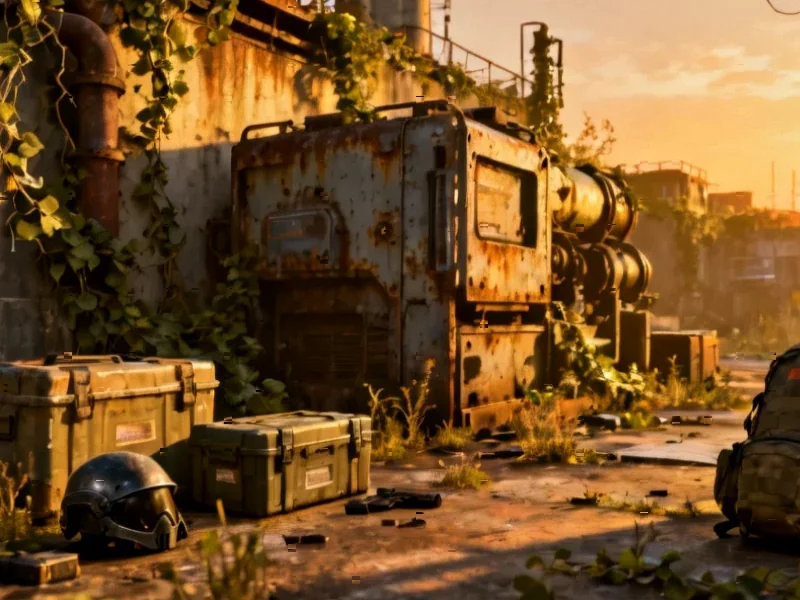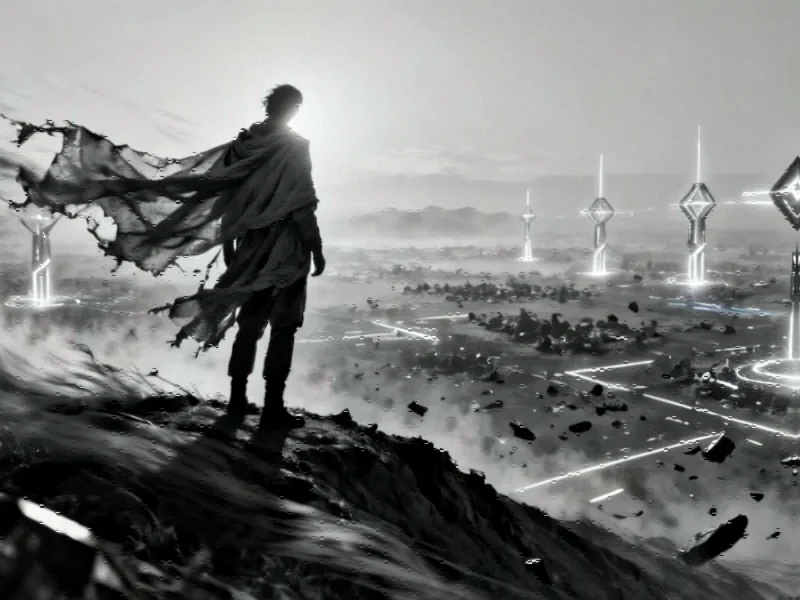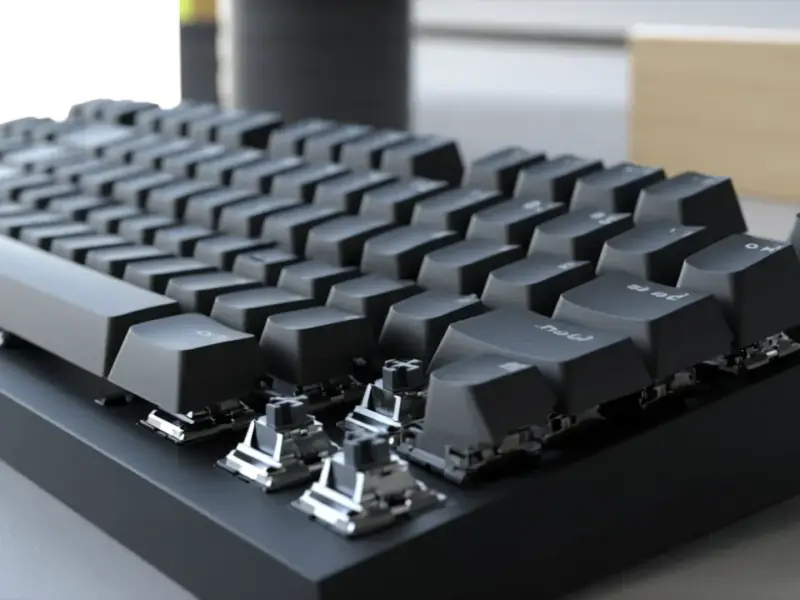According to Wccftech, NVIDIA has launched a new Game Ready driver optimized for Call of Duty: Black Ops 7 ahead of its November 14 release, putting Activision in a competitive position against Battlefield 6 and ARC Raiders. The driver also supports Europa Universalis V, which launched today after a twelve-year break from the series and includes DLSS Super Resolution with optional transformer model access via the NVIDIA app. Ubisoft’s Anno 117: Pax Romana, launching November 13, also gets optimization with DLSS Super Resolution support. Square Enix is updating Final Fantasy VII Rebirth today with DLSS Frame Generation and Multi Frame Generation specifically for GeForce RTX 40 and 50 Series GPU owners, while the game’s existing DLSS Super Resolution becomes upgradable to the new transformer model. Finnish developer Channel37 will launch The Last Caretaker in early access on November 6 with full DLSS 4 suite support including Super Resolution, Frame Generation, and Multi Frame Generation.
<h2 id="nvidia-pushing-hard”>NVIDIA’s Aggressive Game Ready Strategy
Here’s the thing about NVIDIA’s driver releases – they’re not just technical updates anymore. They’re strategic weapons in the ongoing GPU wars. By optimizing for Black Ops 7, easily the biggest shooter release this month, NVIDIA is essentially telling gamers “you want the best experience? You need our hardware.” It’s smart positioning, especially when Activision finds itself sandwiched between two other successful shooters.
But what really stands out is how NVIDIA is spreading their bets across genres. We’ve got massive shooters, deep strategy games like Europa Universalis V after that twelve-year gap, city builders, and even racing games. They’re covering every possible gamer demographic in a single driver release. That’s not accidental – it’s a calculated move to make GeForce cards the default choice regardless of what kind of games you play.
The DLSS Revolution Keeps Evolving
Look at how DLSS has transformed from a simple upscaling feature to this comprehensive performance suite. We’re now seeing games like Deathground and the upcoming The Last Caretaker supporting the full DLSS 4 package. And Square Enix adding Frame Generation and Multi Frame Generation to FFVII Rebirth? That’s huge for a game that’s already been out for months.
Basically, NVIDIA is creating this ecosystem where game performance keeps improving long after launch. Remember when you bought a game and that was it? Now your experience can literally get better months later through driver and feature updates. It’s changing how we think about game longevity and hardware value.
What This Means for Gamers and Developers
For gamers with RTX 40 and 50 series cards, these updates are pure gold. You’re getting performance boosts without spending a dime. But here’s the interesting part – developers are increasingly designing their games around these features from the start. They know DLSS can help them push visual boundaries while maintaining playable frame rates.
And let’s be honest – when you see a game supporting the full DLSS 4 suite, it immediately signals “this is a technically advanced title.” That matters in a crowded market. The question is, how long until AMD and Intel catch up with their own comprehensive feature sets? For now, NVIDIA is running laps around the competition when it comes to software-driven performance enhancements.




